GETTING STARTED
The Coalition, created by farmers to serve farmers, is here to help families grow their livestock farms responsibly and successfully. We can help with siting, planning, construction, following all rules and regulations and neighbor relations.
Farmers are encouraged to get off to the right start when considering building or growing a livestock farm by planning at least eight to twelve months prior to start of construction. Make certain your financing is in order and network with other farmers who’ve successfully started a new or grown an existing livestock farm.
Visit the Rules & Regulations page for a review of all regulations applicable to the type and size of livestock farm you plan to build and be sure to contact the Coalition directly at 1-800-932-2436 for assistance in understanding how regulations will impact your plans.
Make sure to work with a reputable builder. Ask for and check references. The builder needs to know all rules and regulations that apply to your new barn. The builder also needs to know the appropriate concrete standards as determined by the state of Iowa and enforced by the Department of Natural Resources (DNR).
For tips on where to build, go to Siting Considerations.
To learn more about the Coalition, hear from CSIF Executive Director Brian Waddingham by watching the video below.
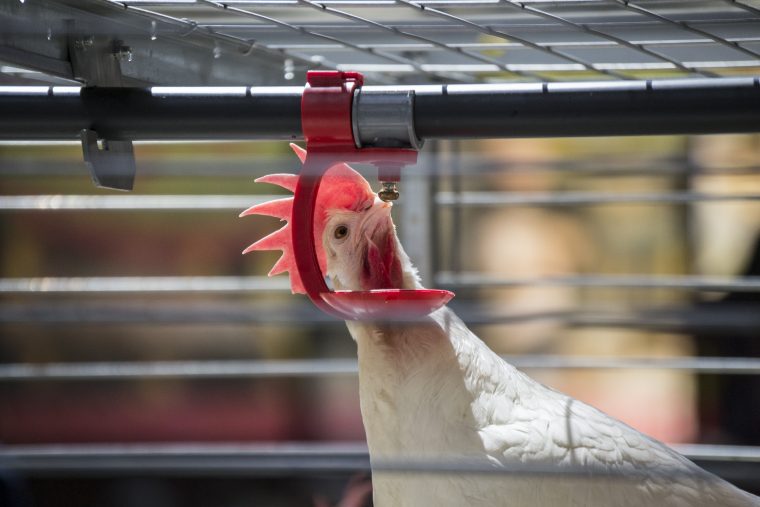 |
RULES + REGULATIONSLarger livestock farms are more regulated than smaller livestock farms, but all livestock producers must adhere to regulations, including set-back distances and water-protection rules. |
BEST MANAGEMENT PRACTICESAgricultural best management practices help minimize air, soil and water pollution. Plant nutrients, bacteria, sediment and crop chemicals can be mitigated so that pollution of ground and surface water is curtailed. Livestock odors can also be minimized. A goal of the Coalition to Support Iowa’s Farmers is to help farmers implement sustainable farming practices that… |
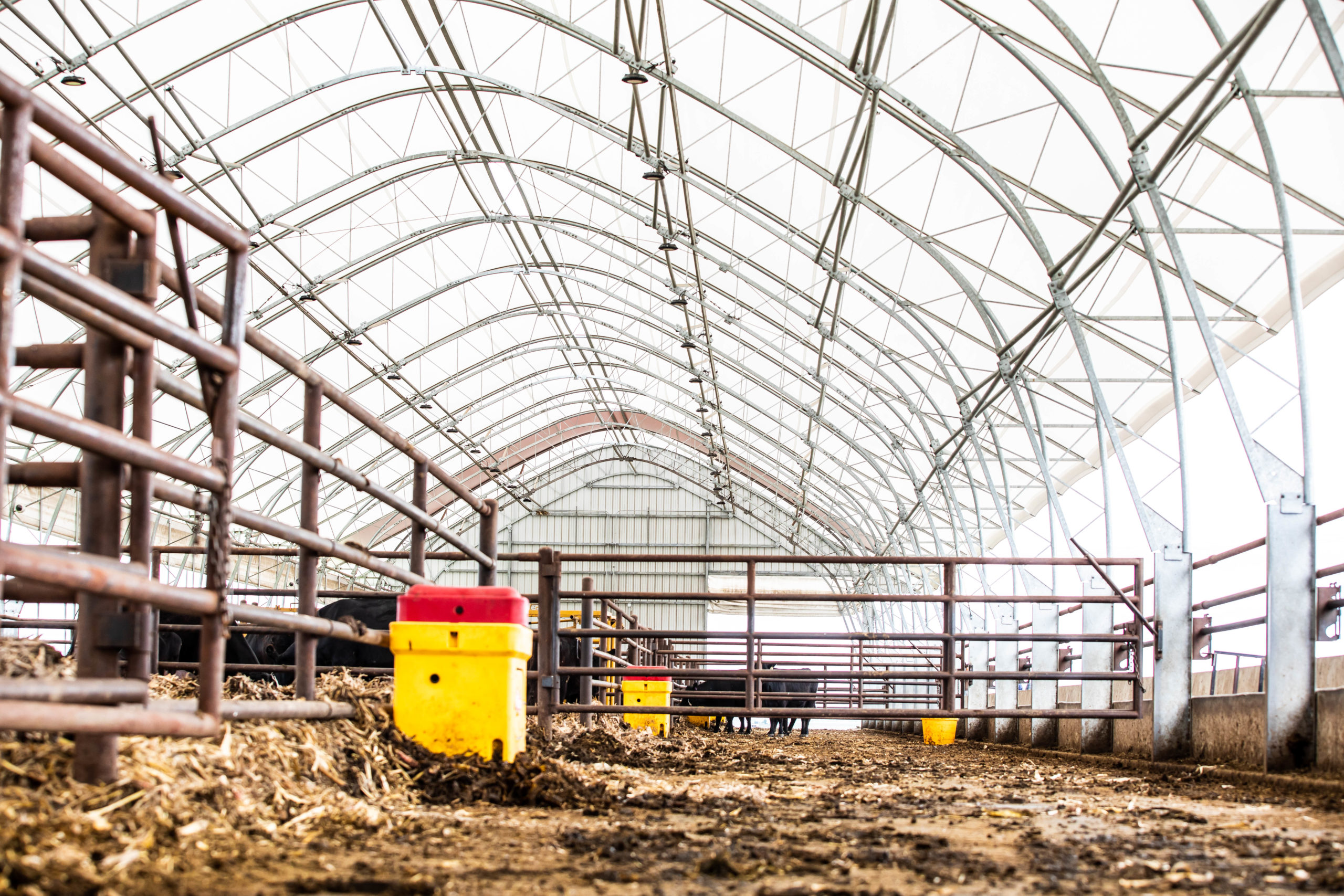 |
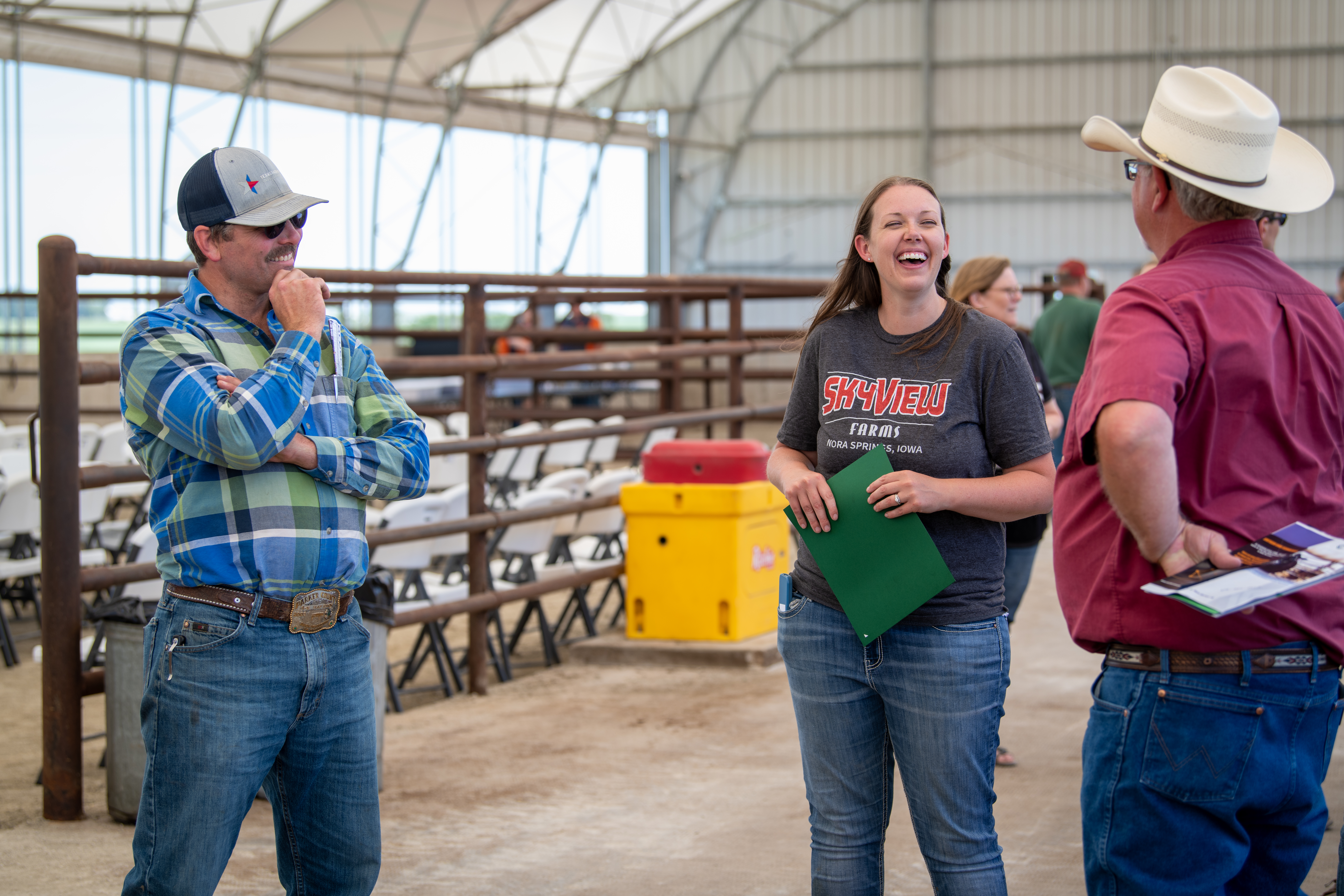 |
NEIGHBOR RELATIONSThere are many steps to successfully growing a farm. One of the often-overlooked, yet possibly most important, steps is communicating with neighbors. Neighbor relations isn’t easy – every farm and family is unique, and each community is different. It is crucial that you communicate your plans for the farm in a way that is confident… |
LIVESTOCK FARM INSPECTIONOn September 11, 2013, EPA Region 7 and the Iowa DNR signed a “work plan agreement” that established guidelines for evaluations of livestock and poultry farms. The work plan stems from a petition filed by environmental groups in 2007, claiming DNR does not comply with the Clean Water Act and that the EPA should take… |
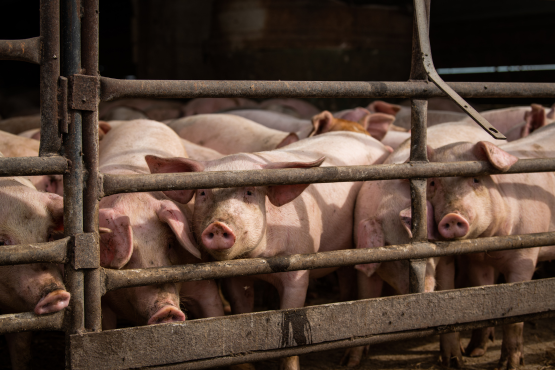 |
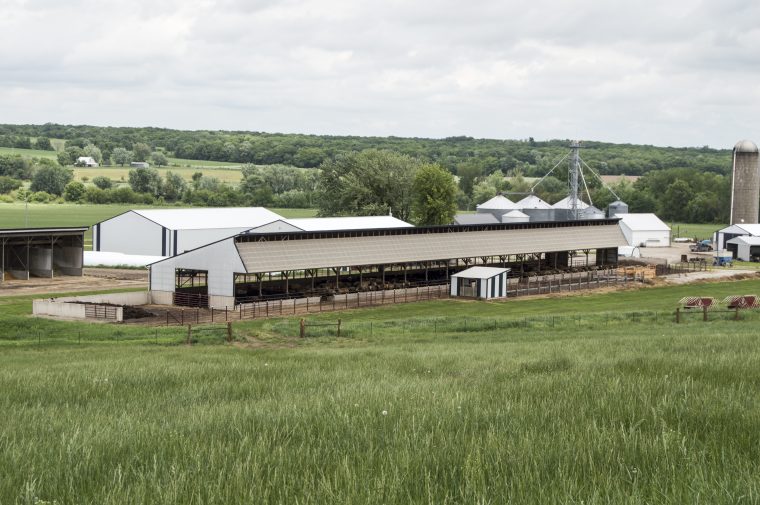 |
SITING CONSIDERATIONSWhile Iowans strongly support farmers and give them high marks for trustworthiness and importance, they do have questions related to specific farming practices. These may include such topics as odor, water quality, property values, use of roads and bridges and proximity of other farms. These factors make proper siting of a new livestock barn critical…. |
AQUACULTUREAquaculture: (USDA ERS) The production of aquatic animals and plants under controlled conditions for all or parts of their lifecycles. Aquaculture: (CSIF) An emerging opportunity for Iowa farmers looking to grow their farms, diversify existing operations or get started farming. According to the USDA, global demand for seafood is projected to increase by 70 percent… |
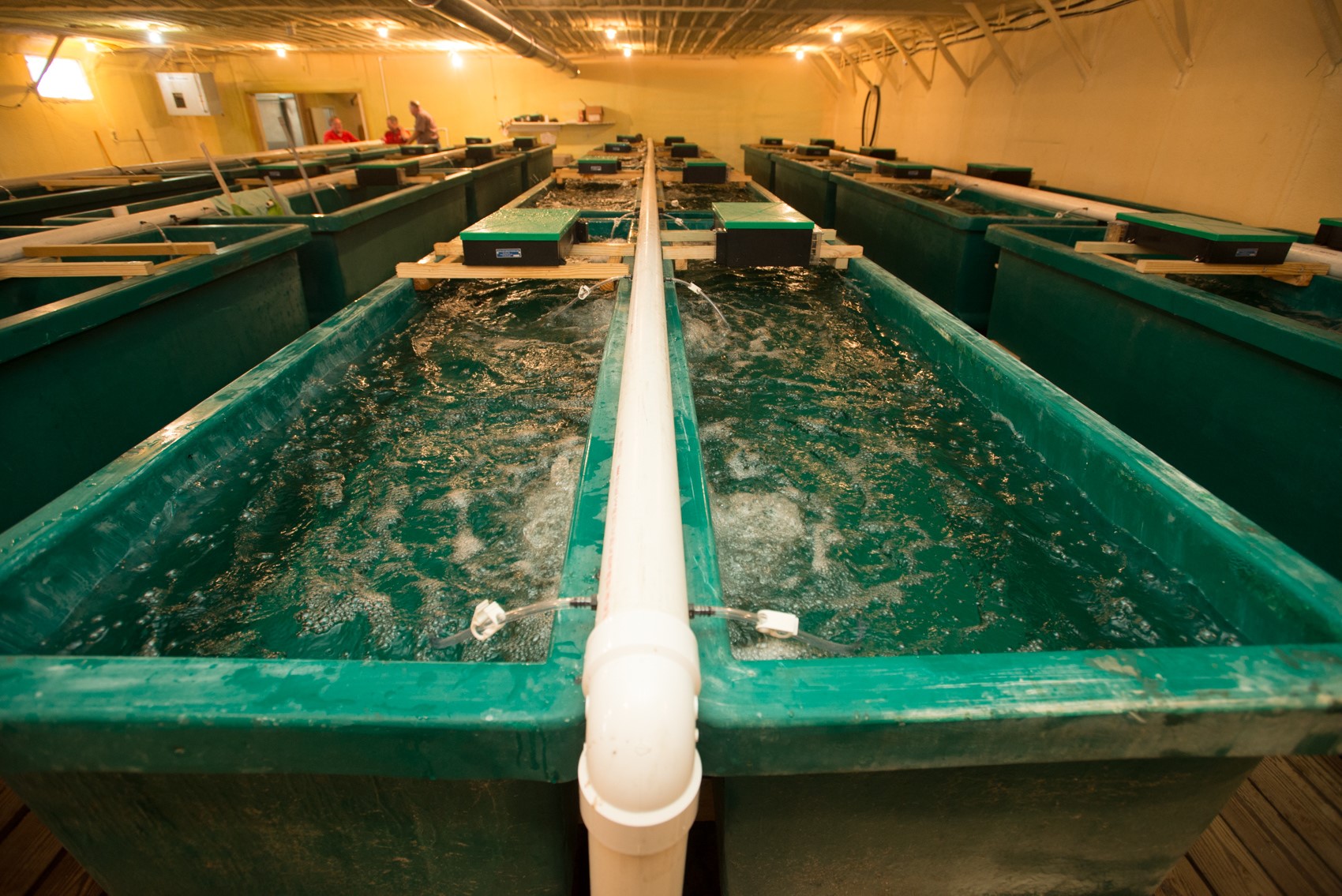 |
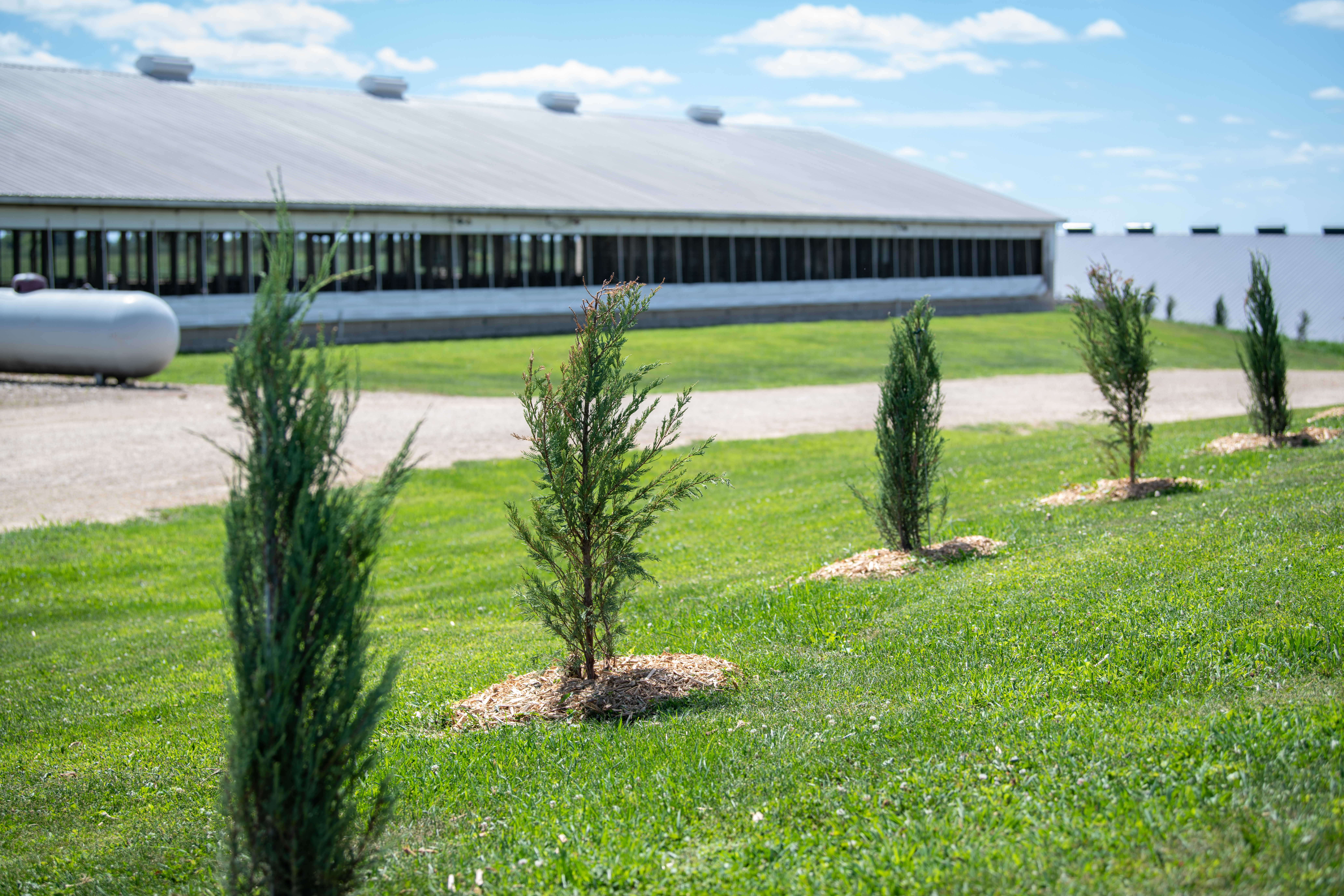 |
VANDALISM + THEFT PREVENTIONAnyone can become a criminal’s target. Since thieves and vandals look to wreak havoc without being seen, taking much time or making much noise, farms located in remote, rural areas can appear to be easy targets. Most people assume they are safe – but that is not necessarily the case. Every year, the Coalition to… |
